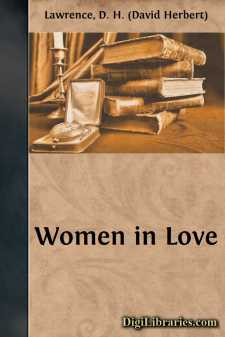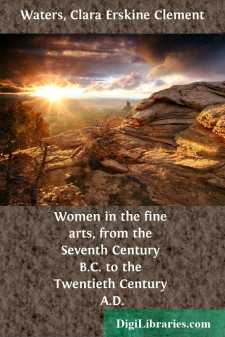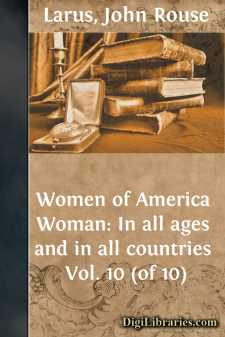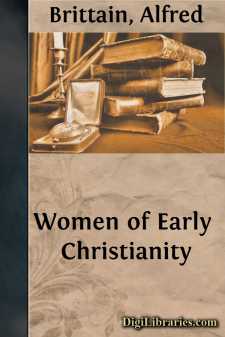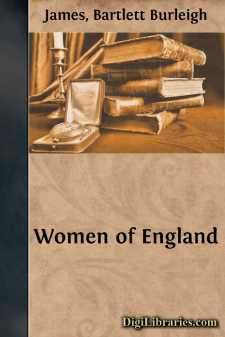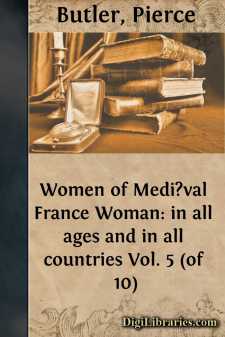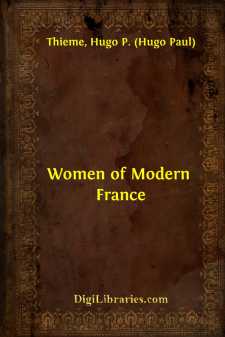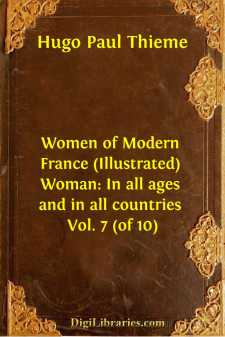Categories
- Antiques & Collectibles 13
- Architecture 36
- Art 48
- Bibles 22
- Biography & Autobiography 813
- Body, Mind & Spirit 142
- Business & Economics 28
- Children's Books 17
- Children's Fiction 14
- Computers 4
- Cooking 94
- Crafts & Hobbies 4
- Drama 346
- Education 46
- Family & Relationships 57
- Fiction 11829
- Games 19
- Gardening 17
- Health & Fitness 34
- History 1377
- House & Home 1
- Humor 147
- Juvenile Fiction 1873
- Juvenile Nonfiction 202
- Language Arts & Disciplines 88
- Law 16
- Literary Collections 686
- Literary Criticism 179
- Mathematics 13
- Medical 41
- Music 40
- Nature 179
- Non-Classifiable 1768
- Performing Arts 7
- Periodicals 1453
- Philosophy 64
- Photography 2
- Poetry 896
- Political Science 203
- Psychology 42
- Reference 154
- Religion 513
- Science 126
- Self-Help 84
- Social Science 81
- Sports & Recreation 34
- Study Aids 3
- Technology & Engineering 59
- Transportation 23
- Travel 463
- True Crime 29
Sort by:
by:
Floyd Dell
CHAPTER I THE FEMINIST MOVEMENT The feminist movement can be dealt with in two ways: it can be treated as a sociological abstraction, and discussed at length in heavy monographs; or it can be taken as the sum of the action of a lot of women, and taken account of in the lives of individual women. The latter way would be called "journalistic," had not the late William James used it in his...
more...
CHAPTER I. Ursula and Gudrun Brangwen sat one morning in the window-bay of their father's house in Beldover, working and talking. Ursula was stitching a piece of brightly-coloured embroidery, and Gudrun was drawing upon a board which she held on her knee. They were mostly silent, talking as their thoughts strayed through their minds. 'Ursula,' said Gudrun, 'don't you REALLY...
more...
INTRODUCTION In studying the subject of this book I have found the names of more than a thousand women whose attainments in the Fine Arts—in various countries and at different periods of time before the middle of the nineteenth century—entitle them to honorable mention as artists, and I doubt not that an exhaustive search would largely increase this number. The stories of many of these women have...
more...
PREFACE In presenting this study of Balzac's intimate relations with various women, the author regrets her inability, owing to war conditions, to consult a few books which are out of print and certain documents which have not appeared at all in print, notably the collection of the late Vicomte de Spoelberch de Lovenjoul. The author gladly takes this opportunity of acknowledging her deep gratitude...
more...
by:
John Rouse Larus
INTRODUCTION The present volume completes the story of woman as told in the series of which it forms part. The history of nations is, in its ultimate analysis, largely that of woman. Therefore this series in its wide inclusiveness forms a more than ordinarily interesting history. The present study of the women of America is innocent of theorizing or philosophy and from the nature of the subject the...
more...
by:
Alfred Brittain
INTRODUCTION When the historian has described the rise and fall of empires and dynasties, and has recounted with care and exactness the details of the great political movements that have changed the map of continents, there remains the question: What was the cause of these revolutions in human society--what were the real motives that were operative in the hearts and minds of the persons in the great...
more...
The Women of Prehistoric Britain It is to the unpremeditated contributions of savage and barbarous conditions of existence that we must look for those primal elements of social order which became fundamental in English life and character. Insomuch as those contributions are intimately connected with woman's life and work, they must be sought out and set in order if we are to trace the development...
more...
by:
Pierce Butler
CHAPTER I In the older conception, history was a record chiefly of battles, of intrigues, of wicked deeds; it was true that the evil that men did lived after them; at least, the even tenor of their ways was passed over without notice by the chroniclers, and only a salient point, a great battle or a great crime, attracted attention. If little but deeds of violence is recorded about men, still less...
more...
Chapter I French women of the sixteenth, seventeenth, and eighteenth centuries, when studied according to the distinctive phases of their influence, are best divided into three classes: those queens who, as wives, represented virtue, education, and family life; the mistresses, who were instigators of political intrigue, immorality, and vice; and the authoresses and other educated women, who constituted...
more...
by:
Hugo Paul Thieme
CHAPTER I French women of the sixteenth, seventeenth, and eighteenth centuries, when studied according to the distinctive phases of their influence, are best divided into three classes: those queens who, as wives, represented virtue, education, and family life; the mistresses, who were instigators of political intrigue, immorality, and vice; and the authoresses and other educated women, who constituted...
more...



